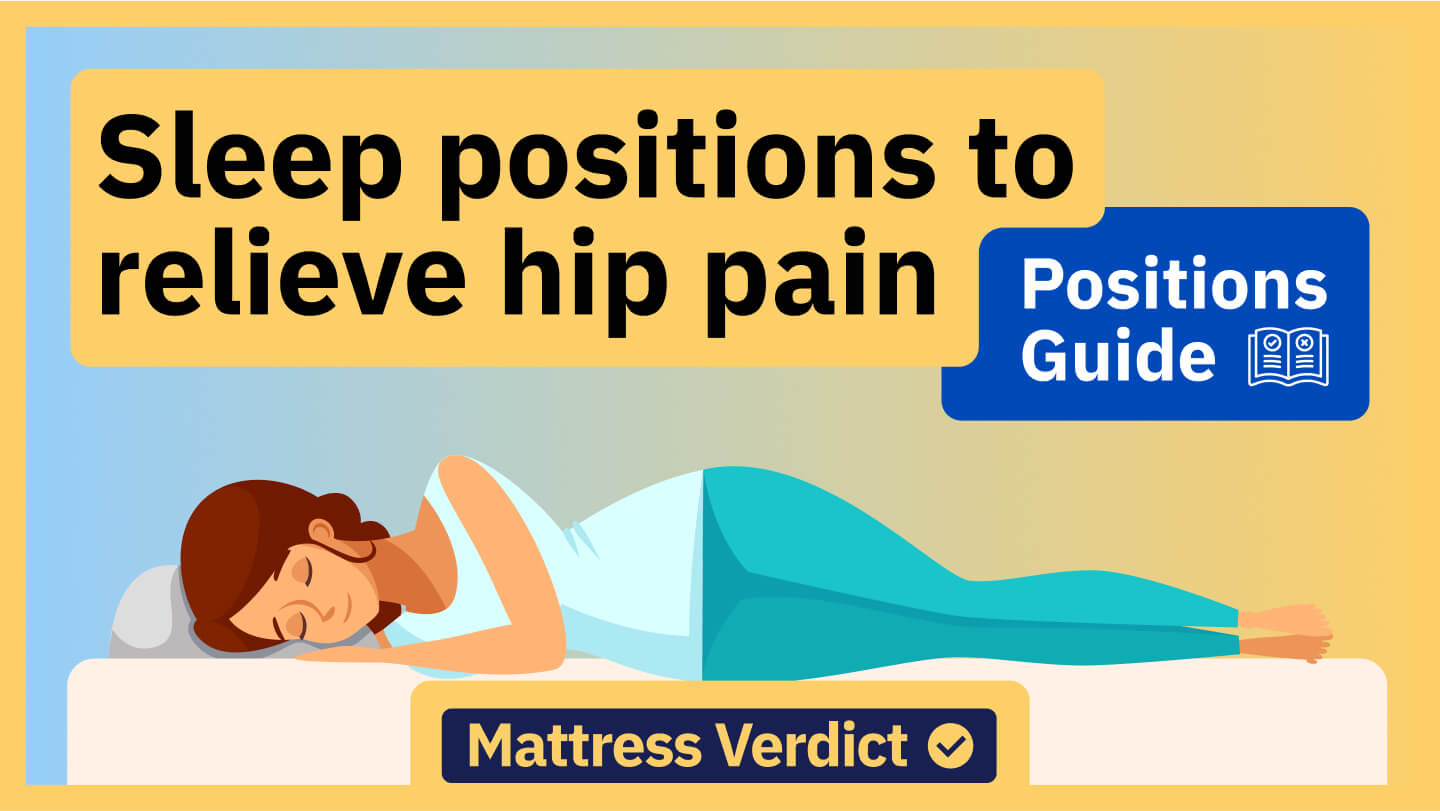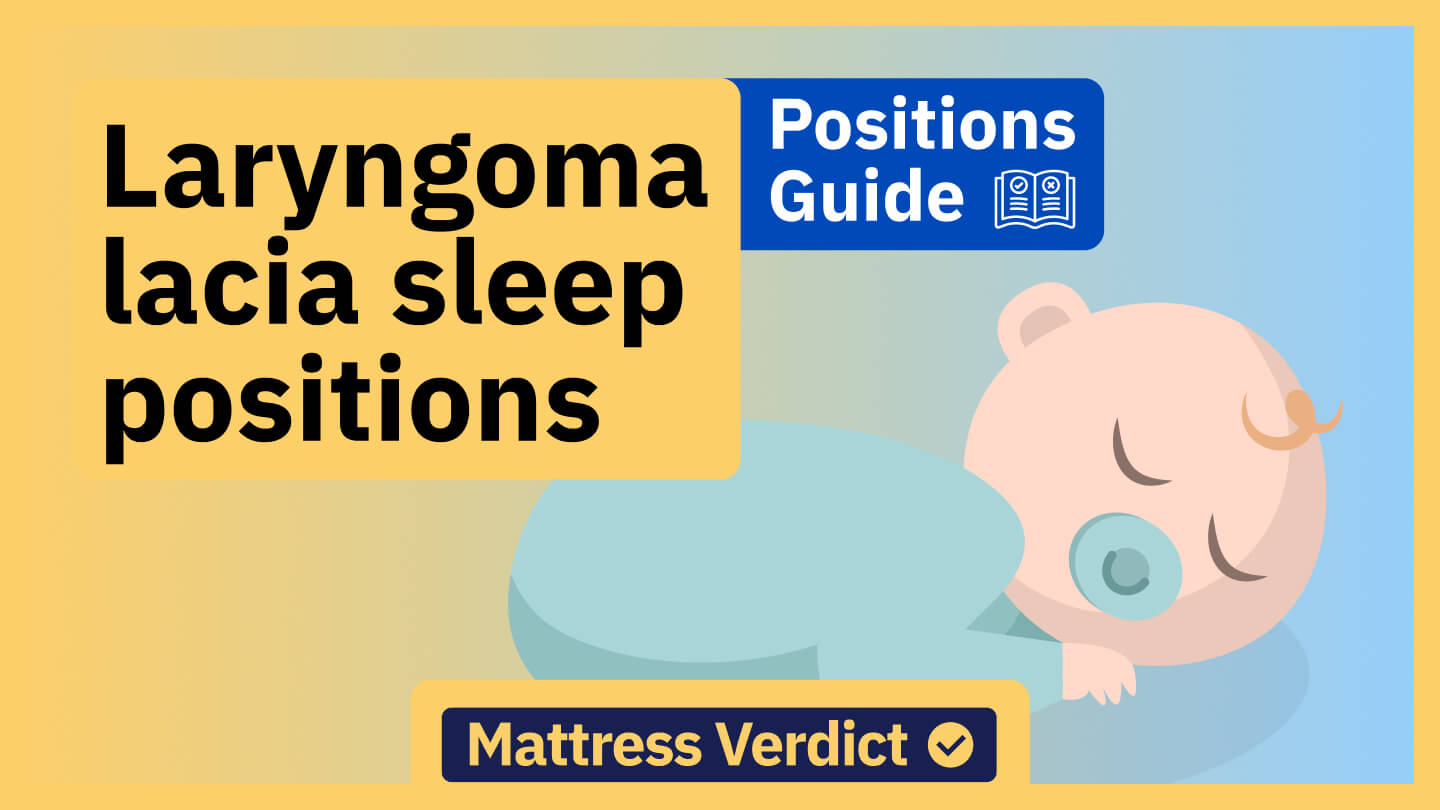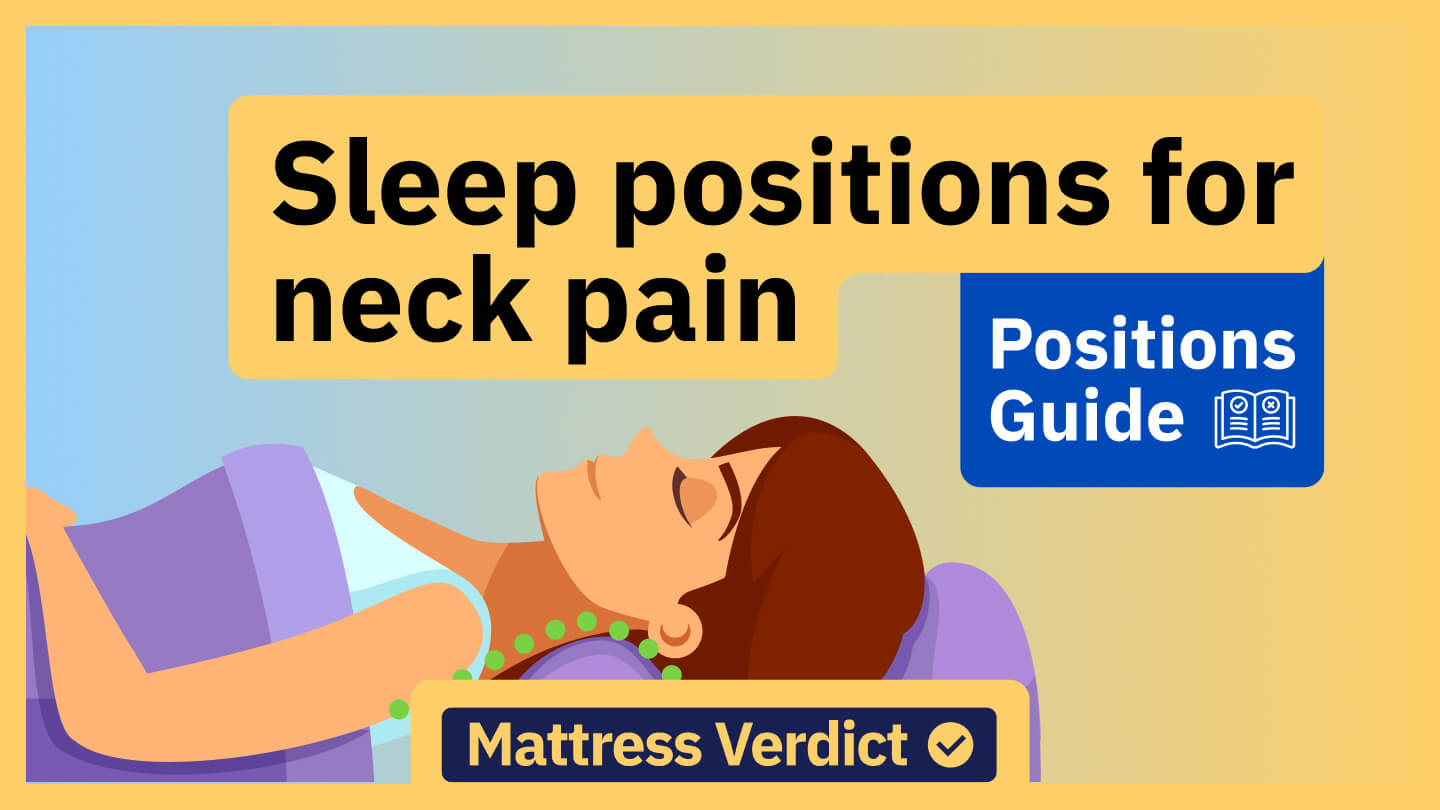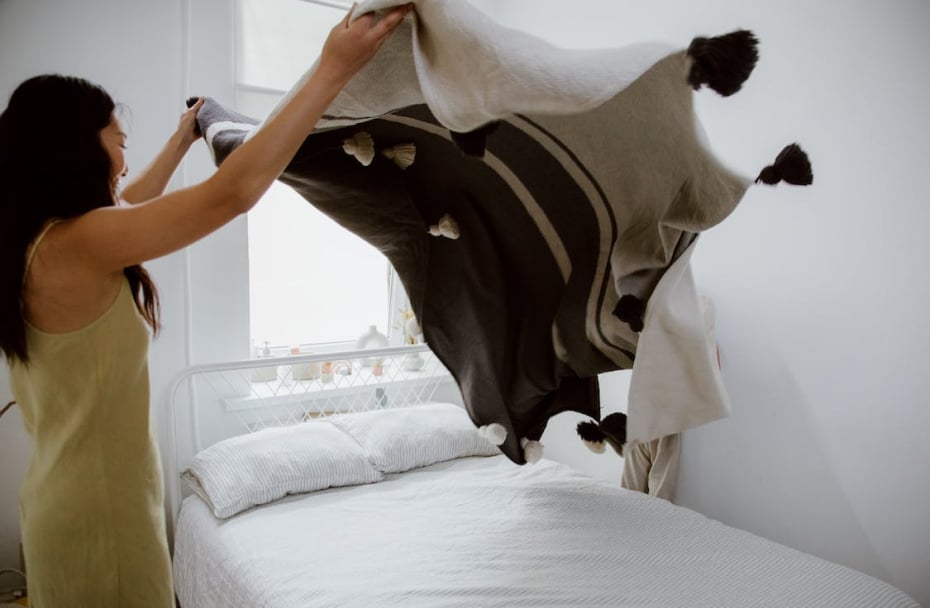

When buying bedding sheets, you’ll realize that most brands use thread count and weight as best-quality markers. These two metrics can and do influence the feel and quality of the bedding sheets. However, they don’t always work the way marketers want you to believe. Plus, there are other factors that matter more than when buying quality bedding sheets.
Here’s what you need to know about bed sheet thread count and weight and how the two affect your sleep experience.
Thread Count
Thread count in bed sheets is the number of horizontal and vertical strands of yarn woven into a square inch of fabric. To calculate thread count in bedding sheets, add the number of warp threads (lengthwise) to the number of weft threads (widthwise) within a square inch of fabric.
Thread count matters because it impacts how bedding sheets feel, how they wear, and their breathability. Bedding sheets with a higher thread count are typically softer because they use finer yarns, but there’s a limit.
Sheet Weight
Bedding sheet weight is expressed in grams per square meter (GSM). This is a measure of bed sheet weight per square meter expressed in grams. The GSM number provides insight into sheet density, which can impact warmth and breathability.
Generally, a bed sheet with a higher GSM number will be denser, softer, and more durable. Bed sheets with a lower GSM number are less dense, making them lightweight and more breathable. Bedsheets in the GSM range of 90 to 120 offer a nice blend of quality, durability, and breathability.
Misconceptions
There’s a common belief that bed sheets with a higher thread count are the best. But this is not always the case.
There’s no magical number when choosing bedding sheets based on thread count. That’s because the ideal thread count for a standard set of bed sheets will depend on the materials.
Our advice at MattressVerdict is to consider bed sheets with a thread count range of 200-400 for cotton, 300-400 for Egyptian cotton, and 300-500 for bamboo. Linen bed sheets typically don’t list their thread count, but when they do, the optimal range is 80-140.
That said, beware of bedding sheets with high thread counts, particularly above 1000. Most brands advertising thread count numbers above 1000 probably use double-ply or triple-ply yarn to inflate the numbers artificially.
With the double-ply method, two shorter and weaker threads are twisted to make one thicker thread. During thread count, a single thread is counted as two. You could have a 1000 TC bedding sheet, which is actually of lower quality than a 500 TC bed sheet.
Double-ply fabrics are not only less durable, but the shorter threads can poke out, giving your sheets a coarse feel.
Material
While thread count matters, material is a much better consideration because it can influence the quality of the sheet more than the thread count. For example, regular cotton sheets do not feel as luxurious as Egyptian cotton sheets, even when the latter have a lower thread count.
Weave Patterns
Weave patterns refer to how the yarns are woven together to make a fabric. Sateen and percale are the most popular weave patterns in the bed sheet space. The two can result in varying textures and structural properties even if the bedsheets are made of the same cotton material.
Percale sheets have a one-over, one-under weave- a ratio that gives them a crisp and smooth feel. In addition, these sheets are typically lightweight and breathable, making them ideal for hot sleepers and warmer temperatures. Average-quality percale sheets start at 180 thread count. However, 250-500 thread count range sheets are most desirable.
Sateen bed sheets use a one-under, 3, or 4-over weave pattern that gives them their signature lustrous sheen. Sateen sheets are generally denser than percale, which explains their silky and smooth feel. But they are not as breathable as percale bed sheets. Good quality sateen bedding sheets range between 300 and 600 thread count.
Durability
The fact is that GSM is a more reliable indicator of durability than thread count. A higher GSM typically indicates a more durable sheet. Plus, unlike thread count, GSM numbers are less prone to manipulation by manufacturers. On the other hand, a very high thread count can sometimes mean less durable bedding sheets.
Personal Preferences
Understanding GSM and thread count is crucial in choosing the best bed sheets. But most important is choosing a set of bedding sheets that works for you based on your individual preferences and environmental factors.
Conclusion
Selecting sheets is not just about high thread count or weight. Understanding the nuances of each and considering other factors like material and weave patterns is essential for the best sleep experience.




